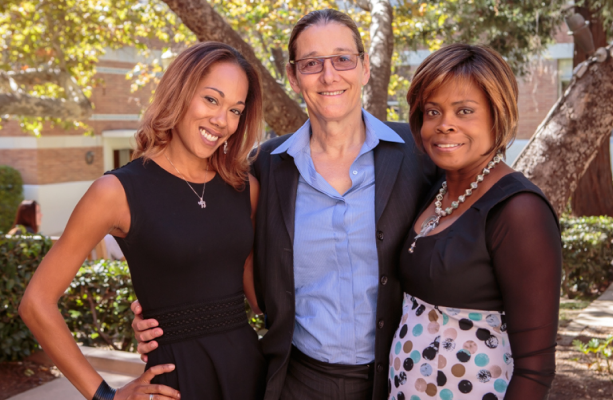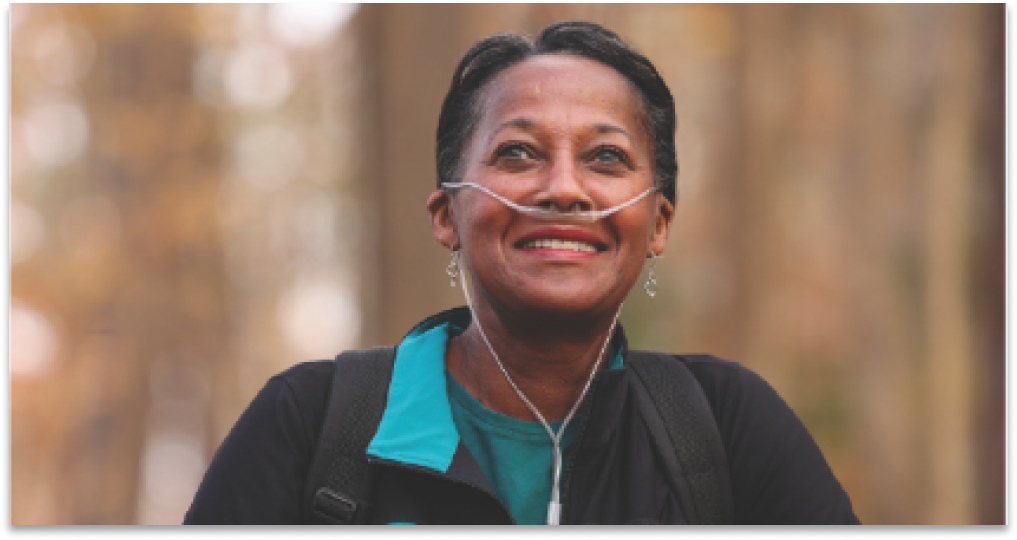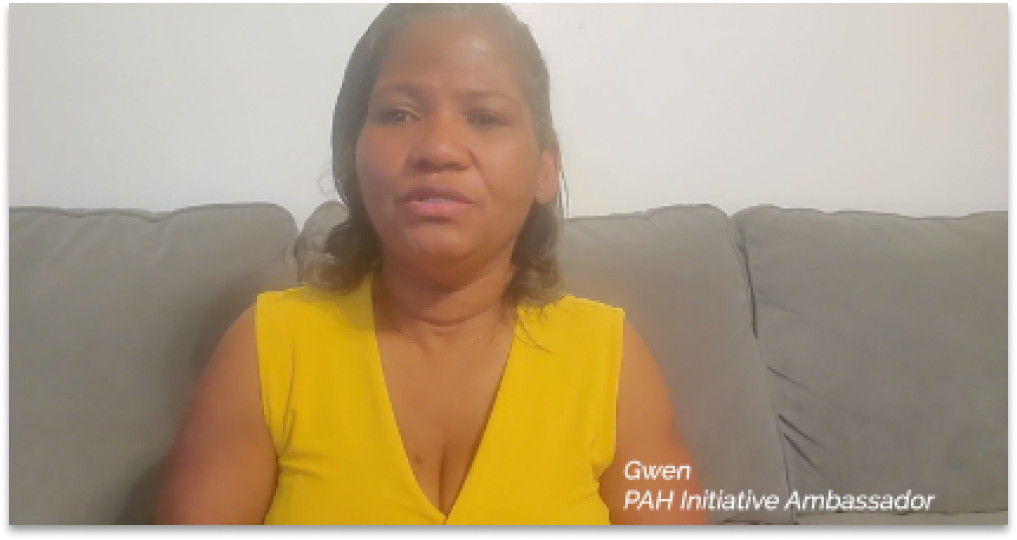
In 1994, Jenesis Rothblatt began having trouble breathing. Her lips turned blue. Even walking up the few steps to the hospital exhausted her. In the months that followed, Jenesis was diagnosed with a rare disease called pulmonary arterial hypertension (PAH). The specialist told her parents, Martine and Bina Rothblatt, that she would not survive more than three years without a lung transplant. There were no PAH- targeted treatments then.
At the time, Martine Rothblatt, was a highly successful entrepreneur and founder of Sirius XM Satellite Radio. But after her daughter’s diagnosis, none of those achievements mattered.
“I did research night after night after night,” Rothblatt said in a Forbes interview. “I decided that I had a new purpose in life. My previous purpose was to help humanity expand off the earth and into space, but my new purpose was to save my daughter’s life. And I didn’t care about anything else.”
As Rothblatt learned in her research, PAH causes blood vessels in the lungs to become narrower, which means the heart must work harder to push blood through these tighter passages. Not enough oxygen reaches parts of the body where it’s needed, causing shortness of breath and fatigue. Over time if not treated effectively, the narrowed lung vessels cause strain on the heart, which eventually cannot keep up and will begin to fail.
Racing against the clock, the determined mom discovered something that gave her hope: a molecule that relaxes the blood vessels, including those in the lungs, and thereby improves overall blood flow. But there was also a challenge: the molecule was already licensed to a pharmaceutical company, and it was not actively being developed for treatment. The company wasn’t focused on rare diseases like PAH and thought it would be impossible to manufacture the molecule into a treatment and gain FDA approval. Rothblatt looked for another company to take on the project. Over and over, the Rothblatt’s were told it was impossible. Unwilling to give up, Martine and Bina, embraced that challenge as an opportunity.
“When people say something is impossible, I just drive an axe right between the letter M and P. I say, ‘No; impossible means to me “I’m Possible.” And I’m going to figure out a way to slice this problem up into little pieces.’”
And that’s just what they did.
In 1996, the Rothblatts started United Therapeutics to accelerate the development of that molecule into a treatment to help Jenesis and others diagnosed with PAH. United Therapeutics hired some of the world’s brightest scientific minds and got to work.
“Every company we approached to manufacture [the molecule] said it was impossible to do so to FDA standards,” Rothblatt says. “We finally found a chemistry professor at the University of Illinois, Dr. Robert Moriarity, who was willing to try, and fortunately succeeded.”
Once they had a treatment, the challenges didn’t end. The molecule needed to be continuously infused under the skin—this required a new kind of pump that did not exist at the time. Then came clinical trials and scrutiny by the FDA, a process that is notoriously prone to failure.
“When people say something is impossible, I just drive an axe right between the letter M and P. I say, ‘No; impossible means to me “I’m Possible.” And I’m going to figure out a way to slice this problem up into little pieces.”
Since then, United Therapeutics has become a leader in championing the unmet needs of patients with rare diseases and end-stage lung diseases. But that’s not the end of this story.
After starting United Therapeutics, as the Rothblatts met other families facing similar challenges they learned more about the limited support options available for people impacted by PAH. They realized United Therapeutics could do more than create new treatment options. United Therapeutics could empower people living with PAH by providing help throughout their PAH journey. This insight led to the creation of the PAH Initiative and fuels United Therapeutics’ continued dedication to pursuing new ways to deliver treatments to patients with PAH and other chronic diseases.
Innovations continue at United Therapeutics. Every day, the company strives to transform impossible into “I’m possible.” Their ultimate goal is to reduce the progression of—and ultimately put an end to—end-stage organ disease altogether.

Sign up to receive future magazines, our email newsletter, and other useful resources to help navigate life with PAH.
Sign UpIn 2021, United Therapeutics led the way again by becoming the first publicly traded biotechnology or pharmaceutical company to convert from a traditional corporation into a public benefit corporation (PBC). PBCs are different than other companies because they must balance commitments to shareholders with a mission to serve the public and operate in a sustainable manner. Being a PBC aligned with United Therapeutics’ core focus on patients and confirmed the way it has always operated.
“United Therapeutics has embraced uncertainty from our inception,” Rothblatt wrote in the company’s 2022 Annual Report. “We began as a parents’ quest to save their daughter’s life with a newly created chemical. There was huge uncertainty that this chemical would work for our daughter’s disease, or that it would even be safe. But we embraced that uncertainty as strongly as any parent embraces their children.”
Jenesis now works at United Therapeutics to help others like her who also face the uncertainty of PAH. Never underestimate the power of what’s possible with determination.

PAH is a complicated disease that can be difficult to understand. We've broken it down for you with easy-to-understand information, simple graphics, and informative videos from a PAH specialist.
What is PAH?
Learn how Peggy renewed her competitive spirit after her PAH diagnosis and how she won't let an oxygen tank define her.
Competitive Spirit with PAH ⟩
How has knowing their risk status helped Lauren and Karen better understand if their treatment plan is working?
Knowing your PAH Risk Status ⟩
Living with PAH can be a big adjustment and taking care of yourself can make a big difference. But where do you start?
Self-Care and Healthy Living ⟩